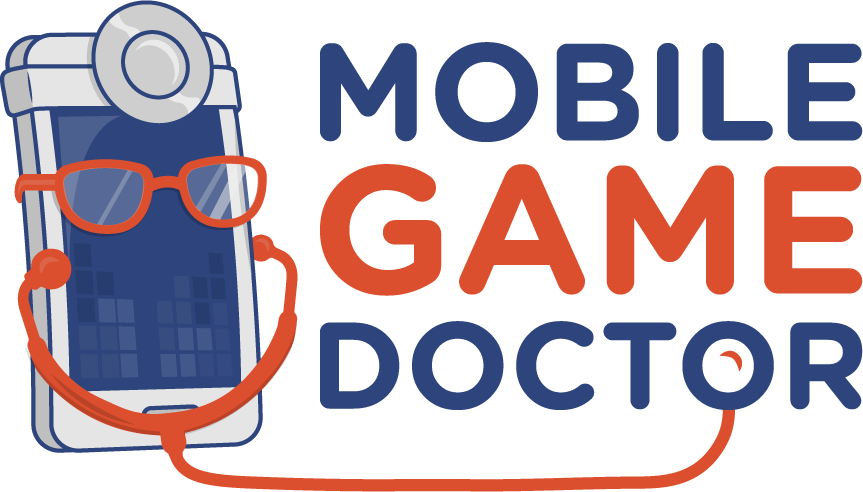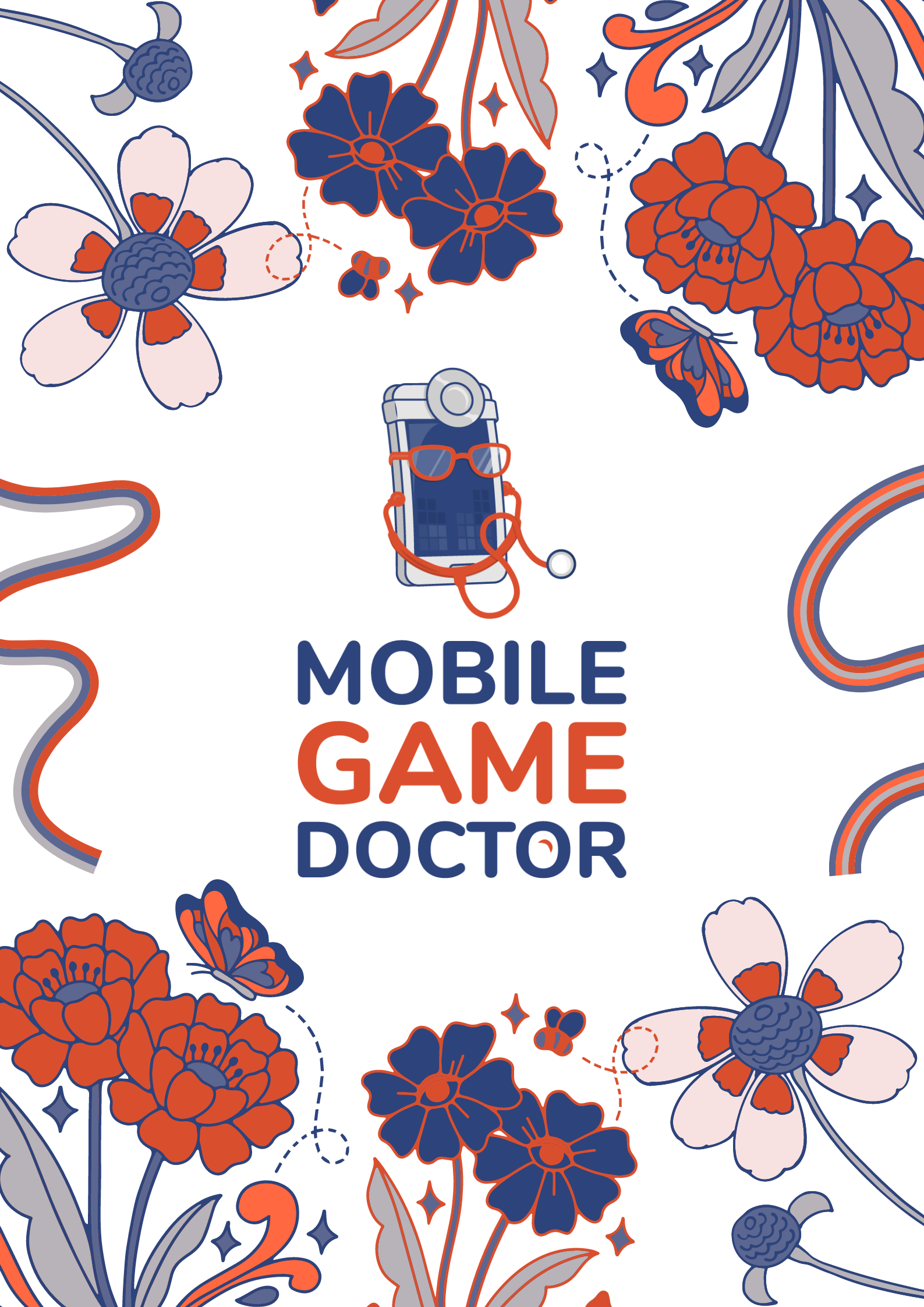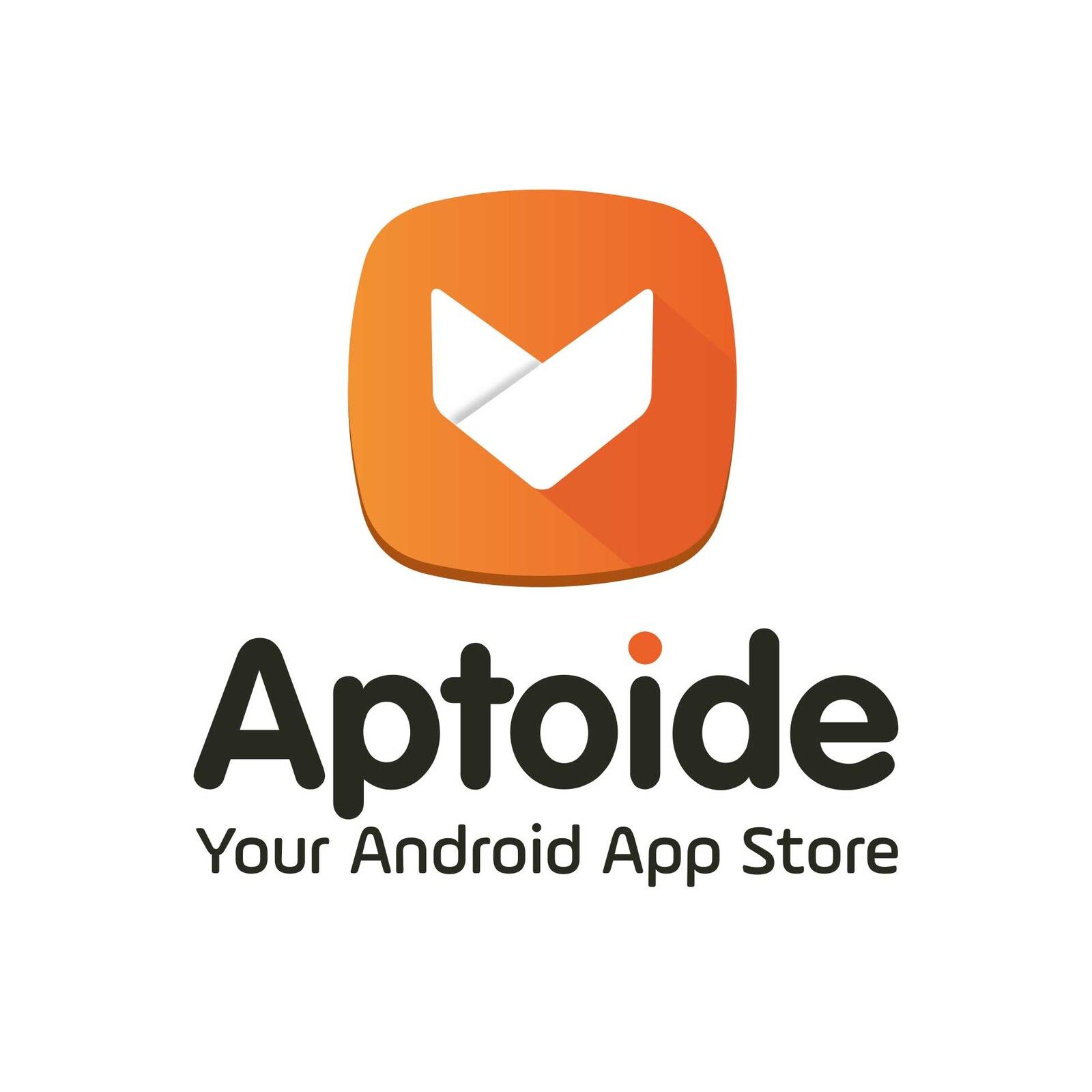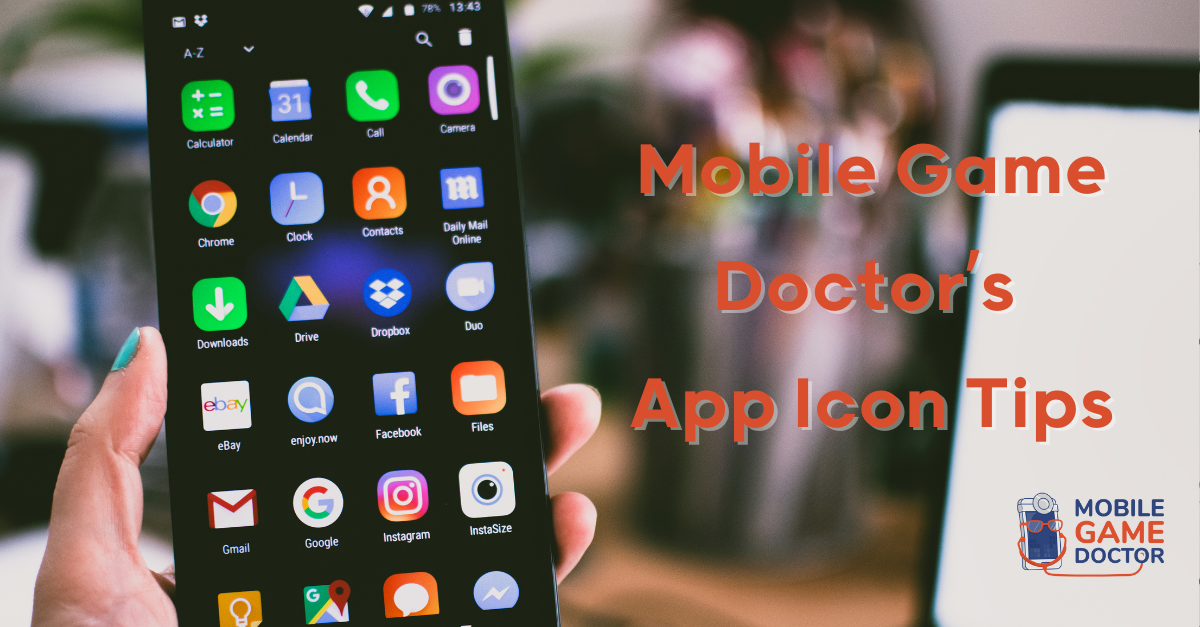Gamification (and what we did differently)
At Mobile Game Doctor, we take on a wide range of projects, including working with teams that want to introduce gamification into their non-game apps. When asked to assist a team with their application centered around helping hourly workers find new jobs with higher salaries, we were excited to take on the challenge. We set about working on making their platform more engaging, enjoyable, and informative, using the principles of game design.
Our client had their platform up and running, but they wanted to introduce some game-like elements to see if it improved their north star metrics. They were also in the middle of a UI/UX overhaul and wanted assistance identifying what they needed. In light of this, I teamed up with one of our UX designers, Paul Rybicki, to take on the project.
Gamification
Gamification is a much-discussed topic with a wide array of definitions. I will define gamification for this article as applying game design principles and mechanics to non-game contexts. Gamification is often used to motivate and engage people to participate in an activity or achieve a goal, using game-inspired elements like points, badges, leaderboards, and challenges. Proponents claim these elements can tap into why people enjoy games, including people’s natural desires for competition, recognition, and achievement.
Companies and organizations have adopted it to increase participation and engagement across a number of fields. For example, a fitness app might use gamification by awarding badges for completing daily workouts, like in Apple Health, while a language learning app might use points and leaderboards to motivate users to complete more lessons, as Duolingo does. Ultimately, gamification can make mundane tasks more engaging and enjoyable by tapping into the aspects of fun and reward that people enjoy from games.
As game designers working with this client, we wanted to think about gamification not as a set of features but as an overall framework. We decided to introduce a core loop, like a game would have. We could then decide which features to add based on the central “gameplay” of the platform.
While many of the ideas we considered and ultimately settled on fell under the banner of classic gamification, this approach allowed us to help our clients design an experience that was immersive and, most importantly, cohesive. We sought to avoid the feeling that the gamification was “tacked on,” a common and often fair critique of gamified systems.
Additionally, our client was willing to explore features from games that aren’t as commonly used in gamification as points or badges. For example, a map is essential to many games, visually giving players information about important locations or directing them where to go next. Our client wanted jobseekers to have access to an information-rich map about jobs and wages while presenting it in a readable and clear way, borrowing from strong examples of game map design.
The overall goal of our client was to ease the burden of searching and applying for jobs. They recognized that looking for a job, applying to one, and interviewing can be arduous and sometimes discouraging. One of our central questions was how we could ease the burden of this process for job seekers by introducing more places for reward, enjoyment, and socialization.
Understanding the client
One of the most critical parts of any client work is getting to know the particular needs, wants, and preferences of the individual or team behind the product. To this end, we discussed apps they were inspired by, what general feelings they were trying to elicit in users, and what games or apps could serve as counterexamples to demonstrate what they wanted to avoid. Paul applied his UX expertise to get to know this client.
We gathered this information by asking questions and conducting organized activities with the client using a workshop framework. For example, we presented the client’s team with two adjectives and asked which resonated more with their product vision. We based our adjectives on the general properties of the gamified app space. This was a clarifying exercise, both for them and us.
Similarly, asking them for references of apps they liked gave us direction regarding features, aesthetics, and overall vibe. When our clients told us they wanted to be more Calm than Headspace, for example, that gave us critical information about what they wanted and how they wanted users to perceive the platform.
We also took time to understand the platform’s purpose and our client’s overall driving mission. It can be tempting to skip over this step of the process, but context is valuable, allowing us to design with their needs and preferences in mind. It allows us to work more quickly, as we tend to have fewer revisions down the line, and ultimately the quality of our work is bolstered. Our clients were mission-based, with a solid view of the impact they wanted to have with their platform, so it was even more important to ensure that every design decision we made aligned with their values.
The process
After our initial meetings, we thought of broader frameworks that might work for the platform. We presented the client with four central ideas and discussed the pros and cons of each.
We knew that we wanted to go beyond the features typically associated with gamification. Instead of thinking of how to add individual features, like points or leaderboards, we considered how to re-think the overall core user experience of the app so that it could support a core loop and associated mechanics.
Our four ideas were:
- Career RPG (Roleplaying Game) – This idea was mainly about progression and the experience of leveling a character up. In this case, the character was the user, and accomplishments on the app became part of a profile that other users could view. We wanted to tap into users’ desire for progress and reward by giving them a sense of accomplishment from achieving small goals. Because a job hunt can be demoralizing, we hoped this would counter some of the frustration job seekers might feel during the process.
- Competitive multiplayer – This idea focused on leaderboards and leagues. Activity on the app could improve your standing, letting you surpass other users through your accomplishments. We wanted to introduce friendly competition, motivating users to complete tasks on the app.
- Map-based – This played on the idea of displaying wages overlaid on an area map. You could also see how much activity happened on different areas of the map so that the maps would become more filled with activity over time. With this idea, we intended to make job information more accessible and appealing, and we hoped that seeing other users’ activity would contribute to a sense of collective progression.
- Cooperative – This idea was built on the map-based version of the platform and emphasized joining with other players in a team or guild and sharing job postings within a network. Here, we wanted to further dial into the idea of collective progression and the power of social interaction for encouragement and motivation.
After discussing with the client, they determined that the Career RPG was most appropriate for their aims and users. Once we determined that, it was time to start iterating on where to go next. The client wanted one major feature with which to move forward.
We considered basing the core loop around filling progress bars, completing missions, and unlocking more jobs. We also considered building up a profile, where developing skills lead to better job suggestions and opportunities on the map. Both were built around the idea of progression but with different core loops. We presented both to the client.
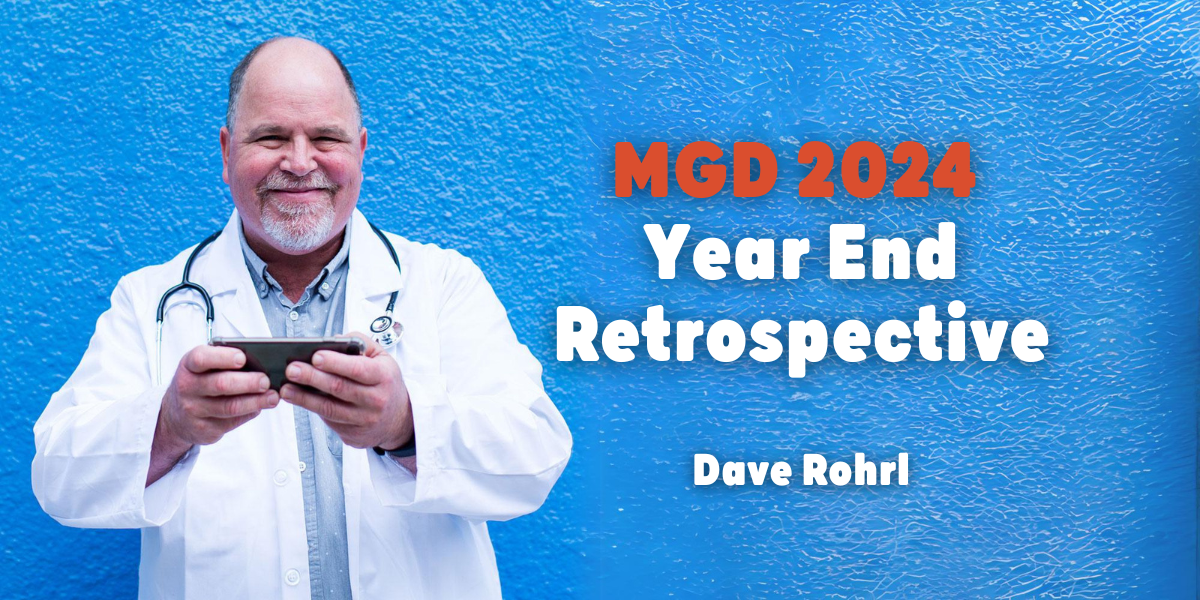

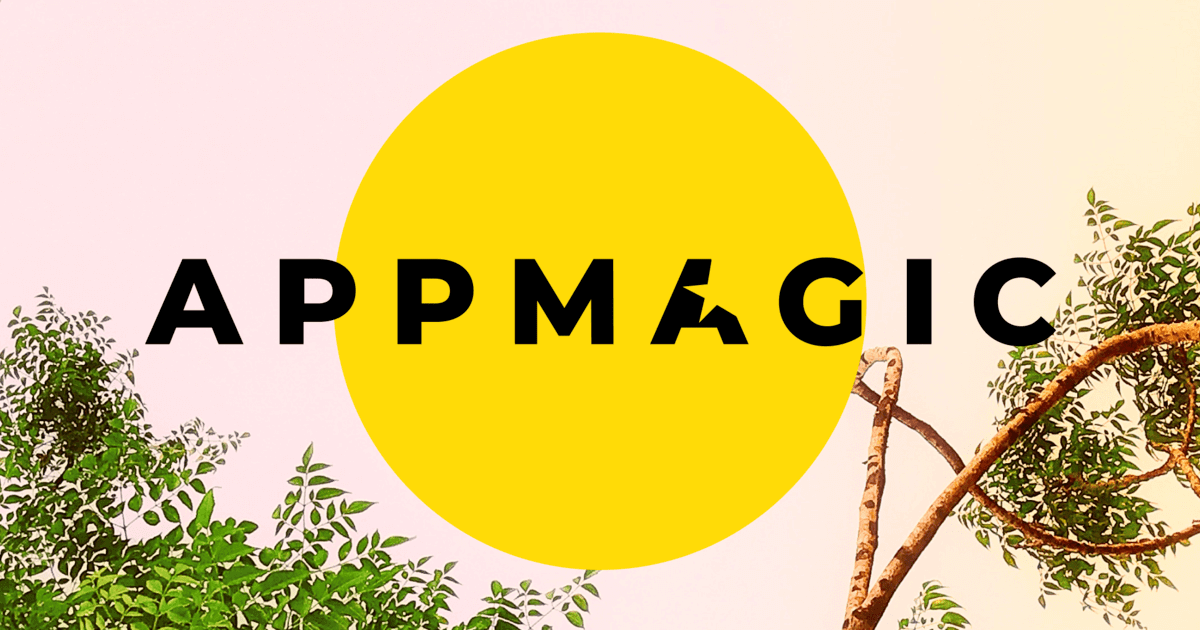
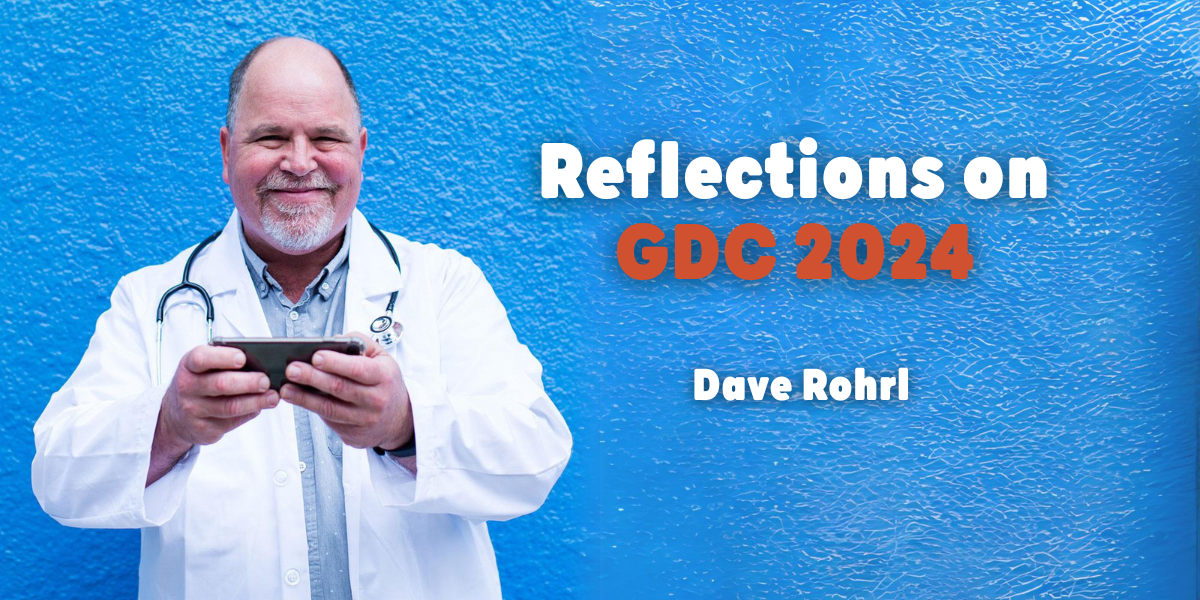
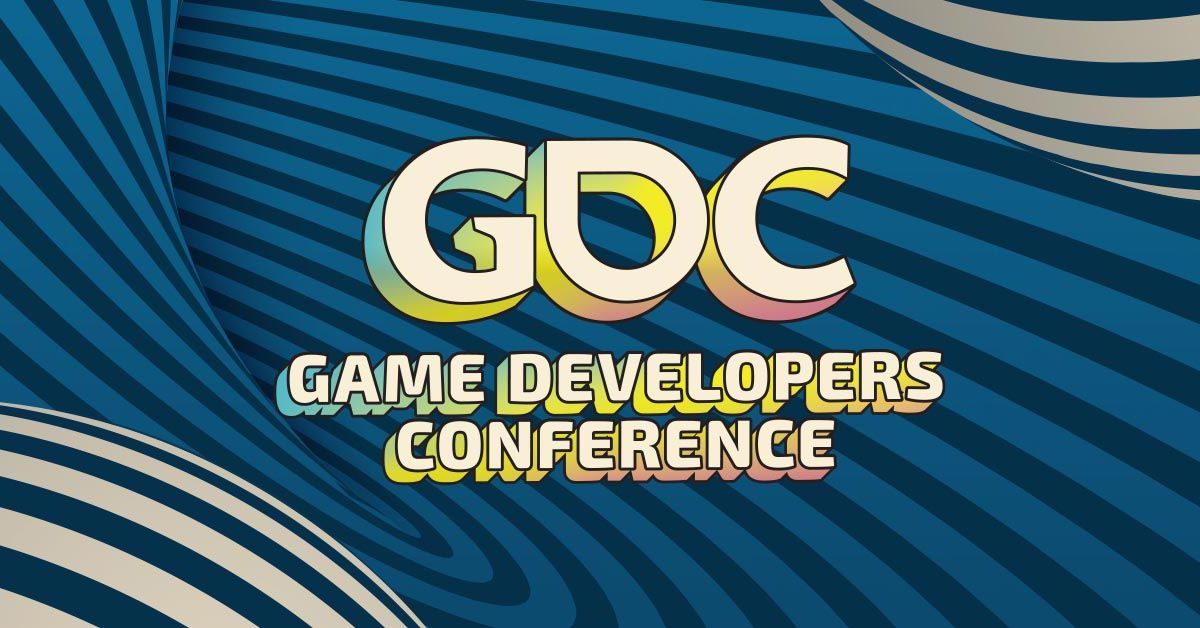
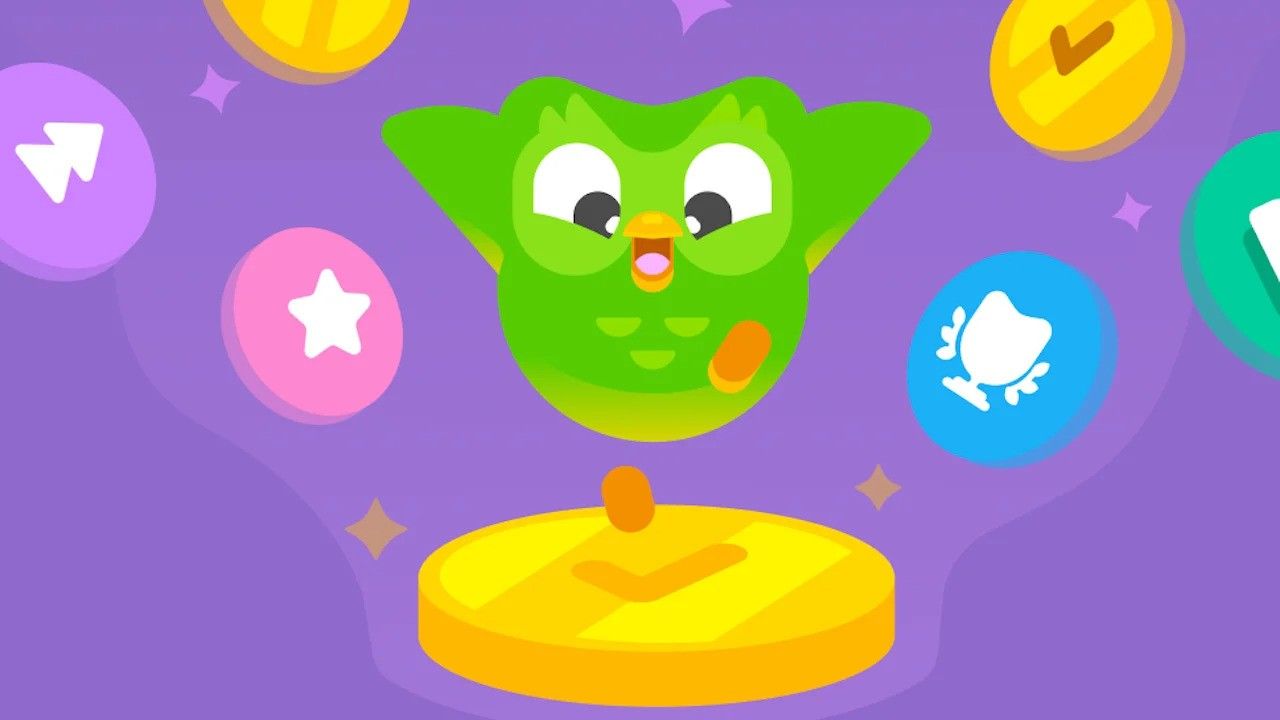
Quick Links
Services
Join Our Newsletter
We will get back to you as soon as possible.
Please try again later.
All Rights Reserved | Mobile Game Doctor | Accessibility | Privacy Policy | Terms & Conditions
